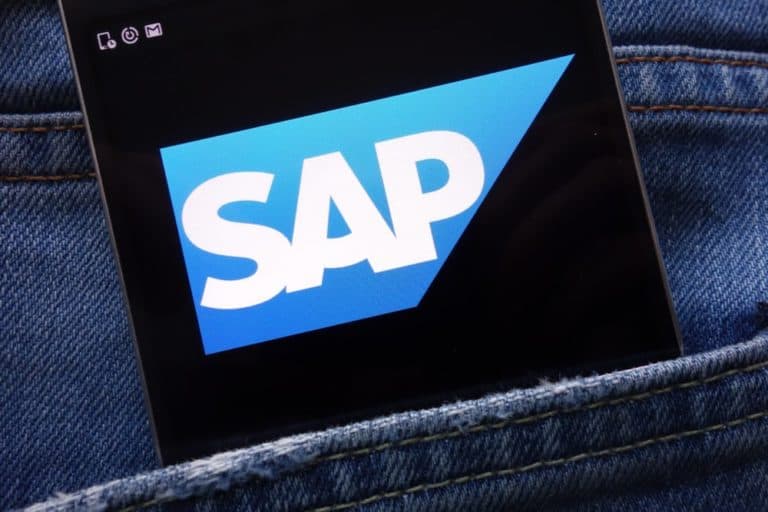UKISUG, an interest group for Irish and British SAP customers, expects the 2027 migration deadline from ECC to S/4HANA to hold.
Back in 2020, SAP extended the deadline from 2025 to 2027 because too few customers had made the move. Gartner doubts the feasibility of the new date, but UKISUG is optimistic.
A recent survey by the interest group shows that more and more Irish and British customers are planning or implementing the migration, making the deadline realistic in UKISUG’s eyes.
From ECC to S/4HANA
ECC is a popular ERP solution developed by SAP. The first versions appeared in the 1970s. SAP plans to replace the solution with S/4HANA, a more modern ERP platform.
The organization is forcing ECC customers to migrate to S/4HANA by discontinuing ECC support over time. The migration deadline was repeatedly pushed back in recent years. With each delay, the question arises whether the new date will stand.
Migrating from ECC to S/4HANA is quite the project for customers. Organizations have to invest to make the move. If it were up to SAP, all customers would migrate to S/4HANA as soon as possible, but many organizations put off the project.
Feasible or not?
All customers still using ECC when the deadline arrives will be let down. The larger the group, the less likely SAP is to follow through. A recent survey by UKISUG suggests that 89 percent of Irish and British SAP customers have migrated to S/4HANA or are planning to do so. Last year, that figure was only 71 percent.
According to UKISUG, the increase is large enough to assume that the 2027 deadline will hold. Gartner, on the other hand, isn’t convinced. Last week, the organization released a market report suggesting that seven in ten ECC customers don’t have a license for S/4HANA.
“Currently, Gartner sees little evidence of the acceleration of migrations that would be needed to meet SAP’s 2027 target to terminate mainstream maintenance support for ECC”, the researchers said.
Tip: The SAP Business Technology Platform grows rapidly: what can developers do with it?
